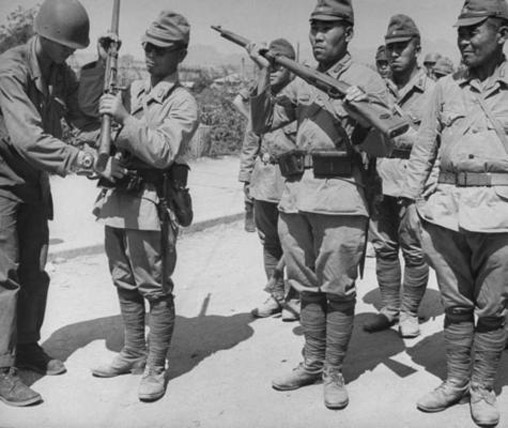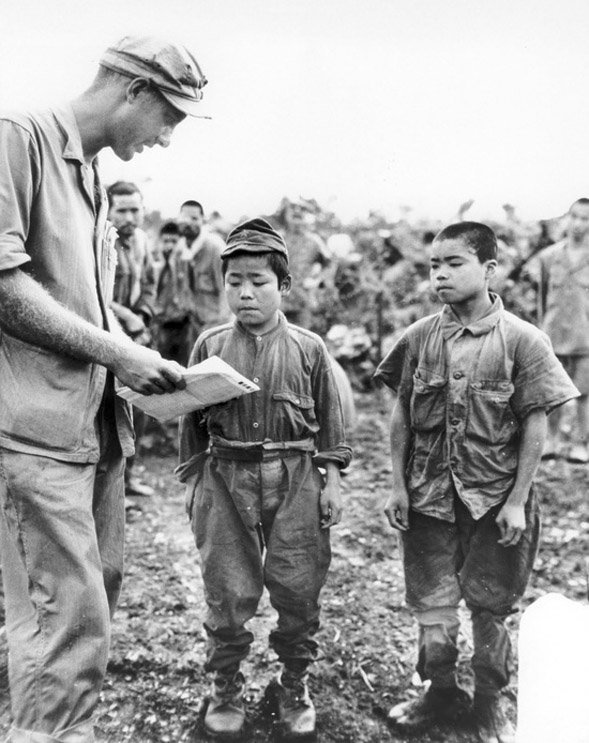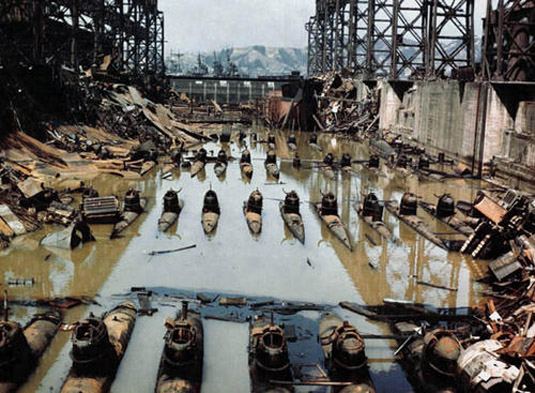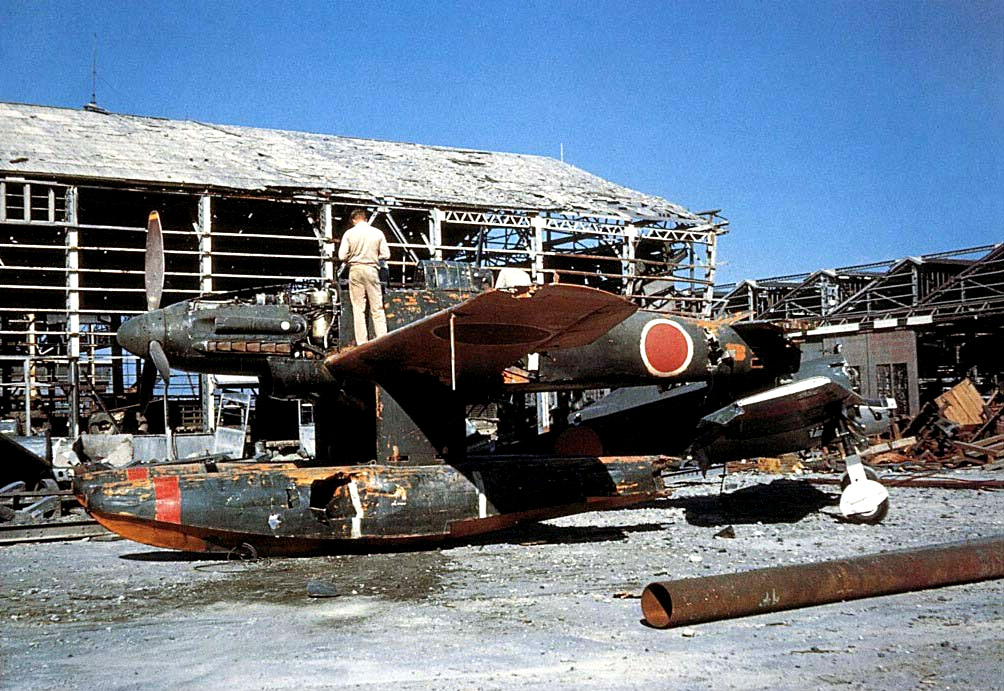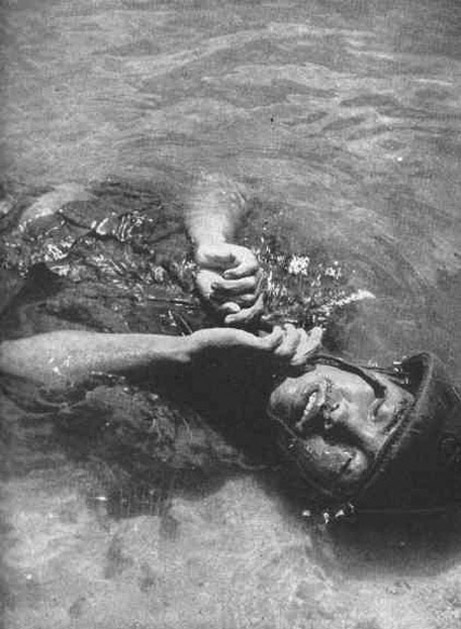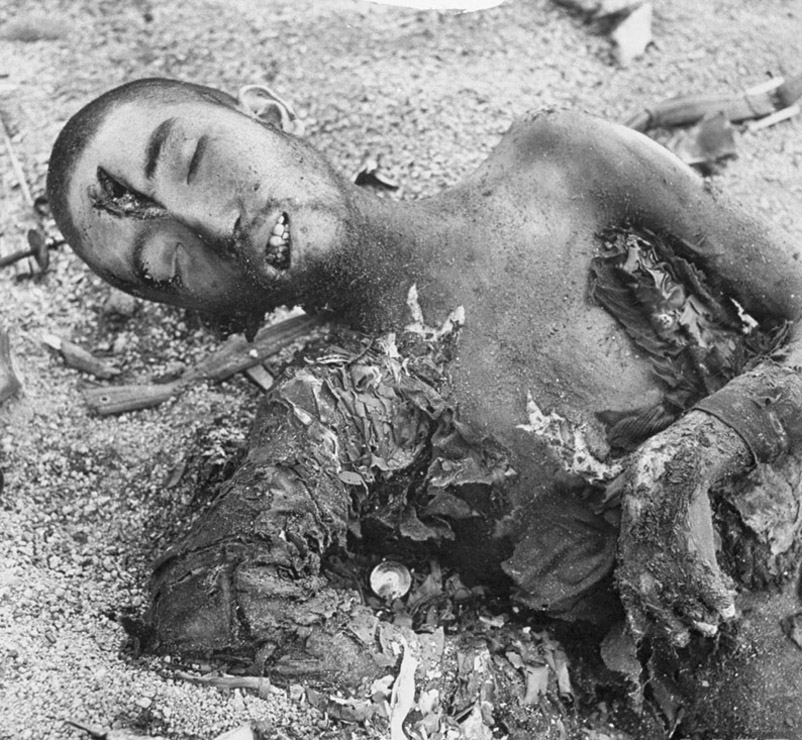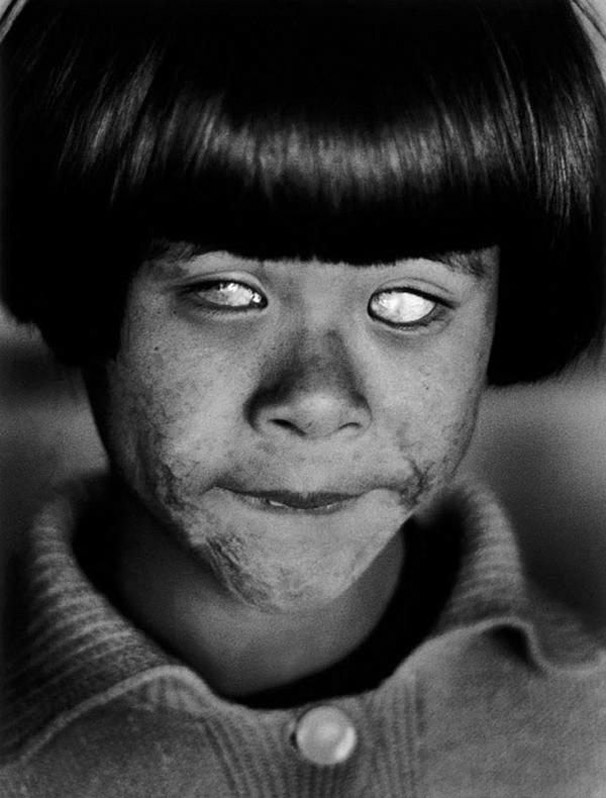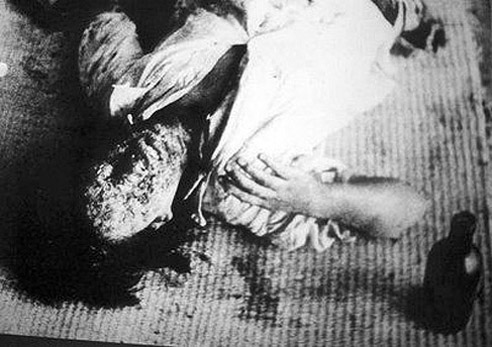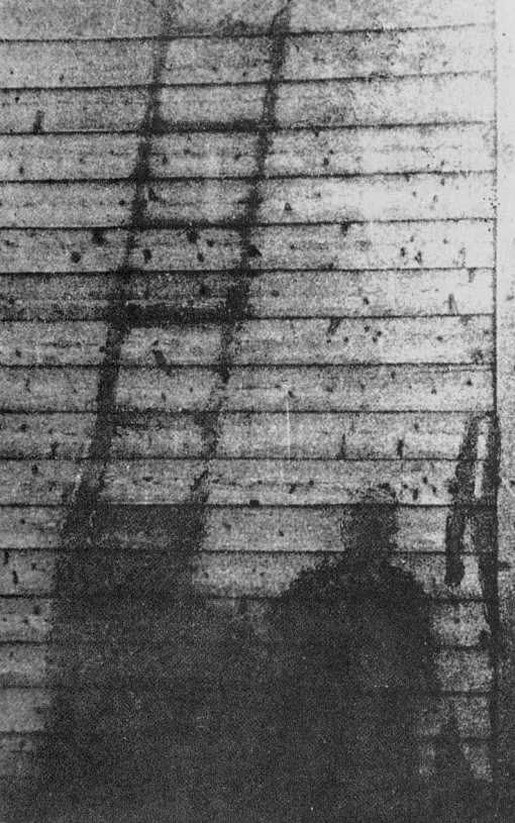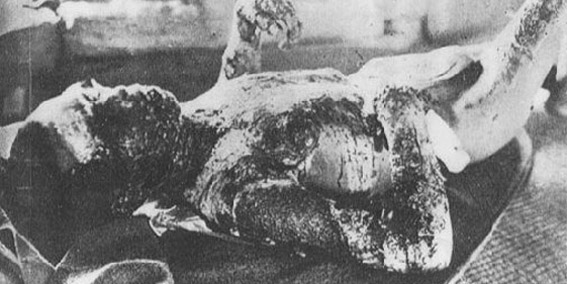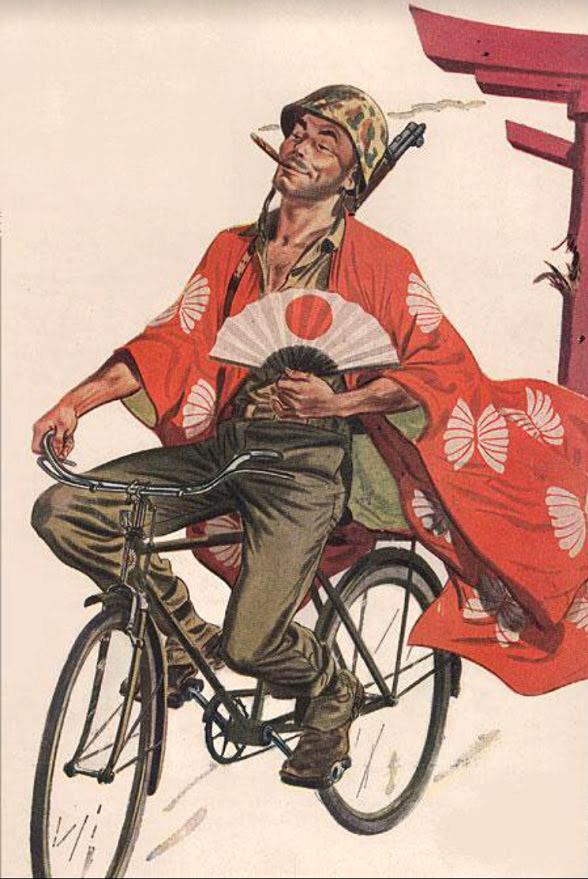
[Above: Japanese school girls, 1937.]
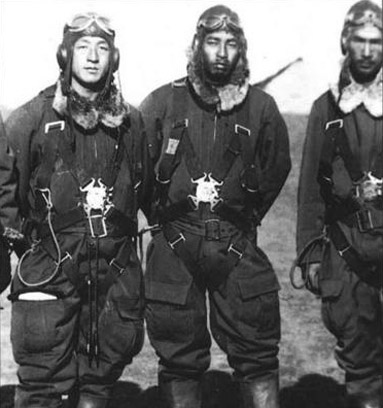
[Above: Three Japanese army pilots in the Mongolian steppes during the Nomonhan Incident in 1939, fighter ace Masatoshi Masuzawa (center) destroyed 12 Soviet planes in just two days!]

[Above: A Japanese soldier with a flamethrower.]

[Above: A Japanese soldier with a flamethrower.]
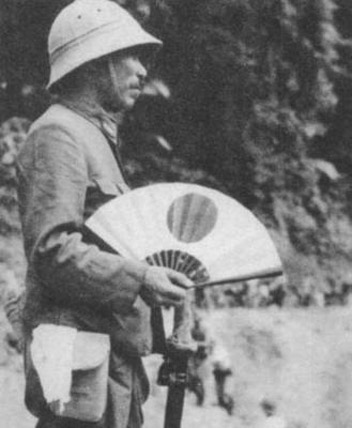
[Above: A Japanese officer using a hand-held fan during the invasion of Malaysia, 1942.]
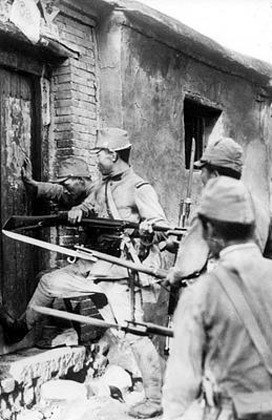
[Above: Japanese soldiers break down a door of a house in Shanghai, China.]

[Above: Japanese army pilot ace Isamu Kashiide, who destroyed seven B-29s and damaged 26 others. Kashiide was the deadliest B-29 hunter of the war.]
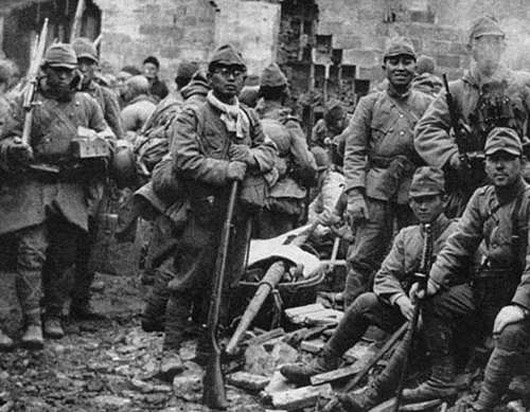
[Above: Japanese soldiers in the winter of 1939.]
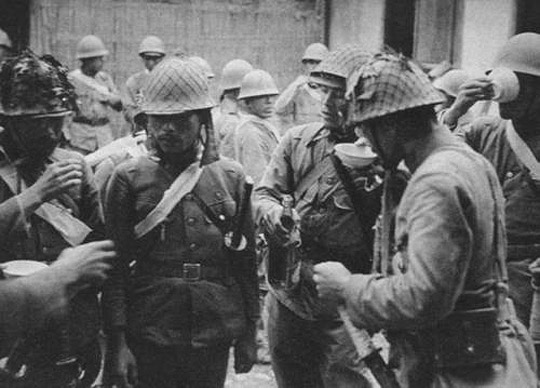
[Above: Japanese soldiers celebrate the fall of Shanghai City.]

[Above: Japanese soldiers pose for the camera, China, 1940.]

[Above: A Japanese soldiers with a portable anti-tank weapon during testing, 1944.]

[Above: Men of the IJA 18th Division at the train station waiting to join their comrades at the front, 1937.]

[Above: Japanese army officers on the battlefield, 1940.]
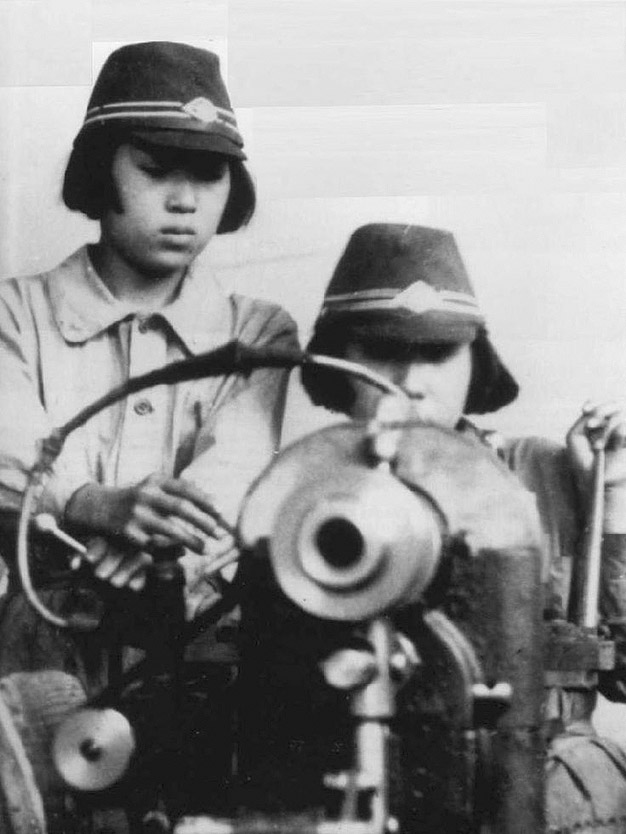
[Above: Japanese school using a lathe, probably to produce shells.]

[Above: Female radar operators with American aircraft scale models, Tokyo, 1944.]

[Above: Female workers of a Japanese army aircraft factory.]
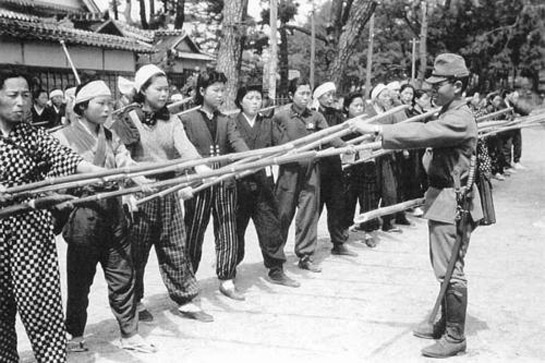
[Above: A Japanese officer instructs women in home defense training, 1945.]

[Above: Colonel Akinosuke Oka and his staff in the Matanikau River area in September 1942.]

[Above: Japanese army war veteran private Ogawa Isamu, killed in action in 1938.]
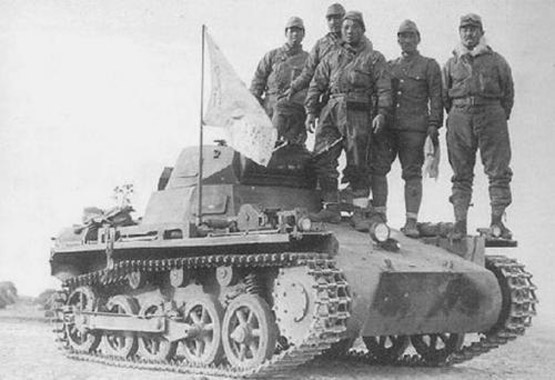
[Above: Captured German-made Panzers.]

[Above: Type 94 Te-Ke tankette, Dutch East Indies.]
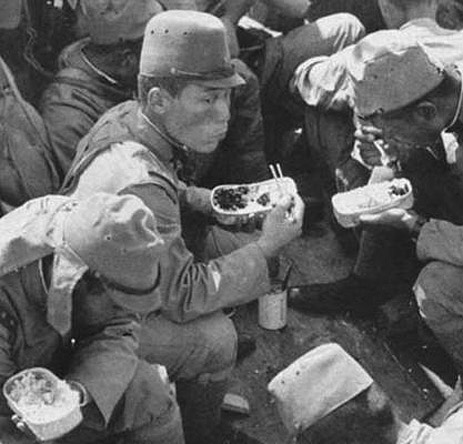
[Above: Soldiers eating before combat, Malaysia.]
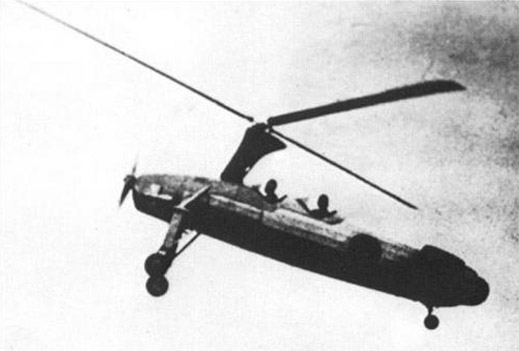
[Above: The Japanese Army developed the Ka-1 autogyro for reconnaissance, artillery-spotting, and anti-submarine purposes. It had short take-off span and was low maintenance. Production began in 1941 and the Ka-1 autogyro was first assigned to artillery units for artillery spotting. It carried two crewmen: a pilot and a spotter.]
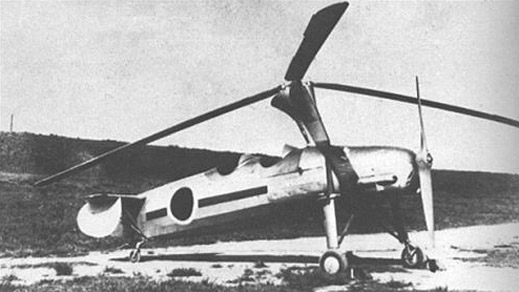
[Above: The Ka-1 autogyro.]
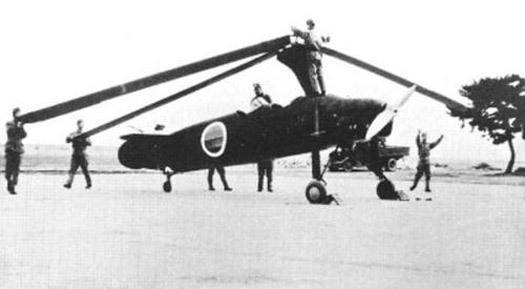
[Above: The Ka-1 autogyro.]
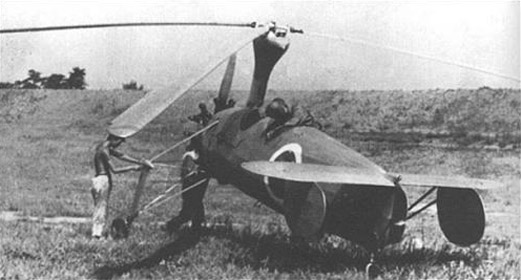
[Above: The Ka-1 autogyro.]

[Above: A wounded officer looks over paper.]
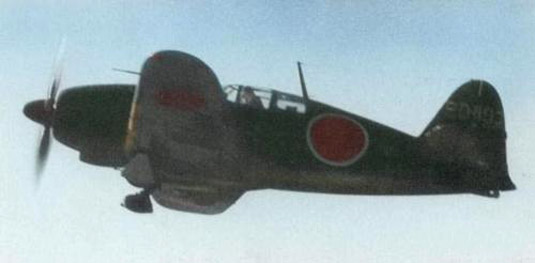
[Above: Raiden fighter in flight.]
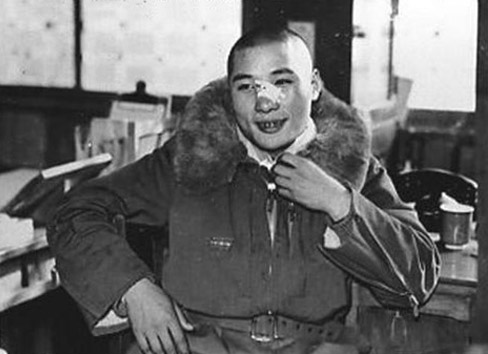
[Above: Japanese ace Teruhiko Kobayashi after being wounded in a dogfight with two American Hellcat fighters, where he destroyed one.]

[Above: Japanese soldiers carrying an artillery shell.]
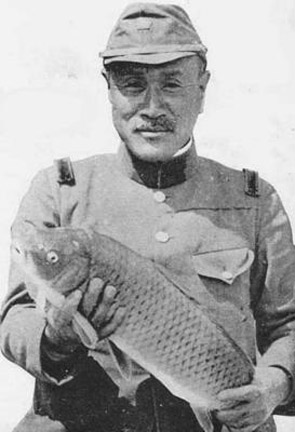
[Above: A Japanese army officer with a large fish.]
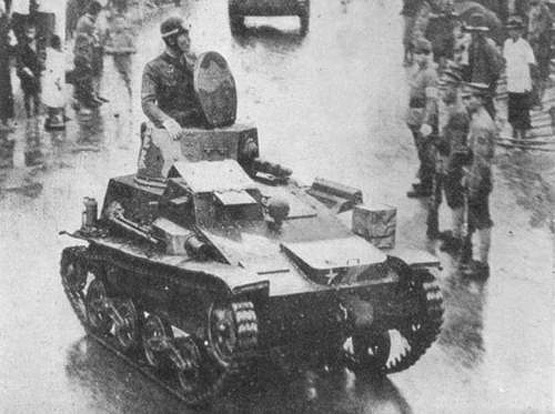
[Above: A type 94 tankette in Saigon, Indochina.]

[Above: Soldiers of the IJA 5th Division with a captured French gun, September, 1940, Indochina.]
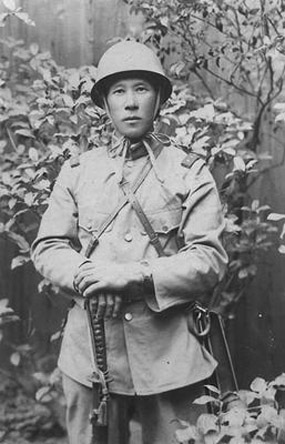
[Above: A young Japanese officer, China, 1940.]

[Above: Japanese soldiers wheel a machine gun down a street.]
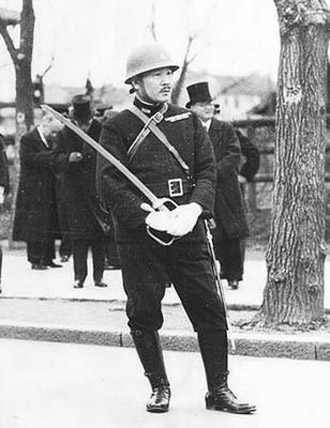
[Above: Japanese commander of the Naval Landing Force, Shanghai, 1937.]

[Above: Japanese medium tank training near Mount Fuji, 1944.]
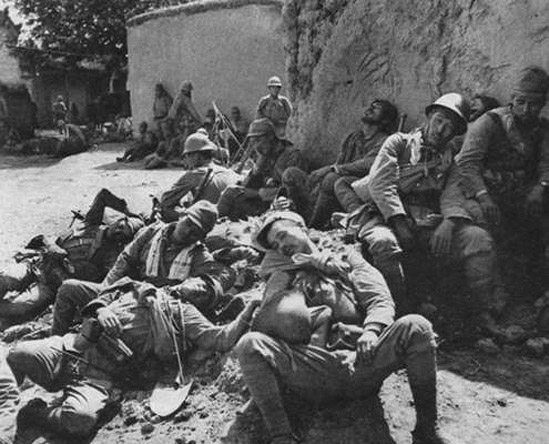
[Above: Utterly exhausted soldiers of the IJA 55th Division after the Battle of Bilin River, February, 1942.]
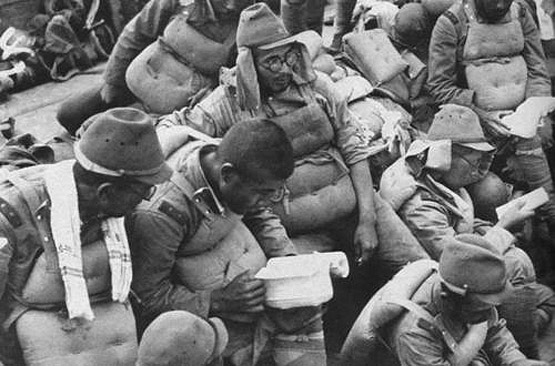
[Above: Malaysia.]
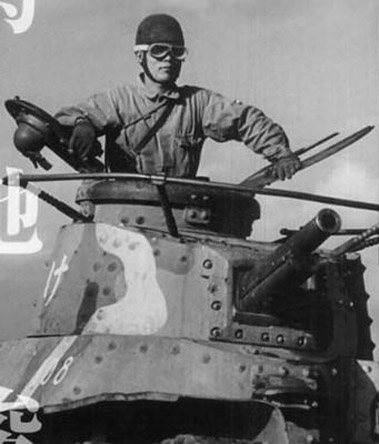
[Above: A tank commander of the IJA 18th Division during training, May, 1941.]

[Above: Victory over the communist Chinese, 1939.]

[Above: A Japanese officer with helmet netting.]

[Above: A Japanese soldier feeding a horse, Hokkaido, winter, 1944.]

[Above: A French Renault FT light tank captured and used by the Japanese Army.]
Surrender and the End of a Dream
[Above: The surrender of the Japanese in Burma. Shown here are Imperial Japanese Army troops of the 52nd Division. It was a terrible shock to many Japanese soldiers when told of the surrender of Japan. There were still well over a million Japanese soldiers in the theaters of war in the East.]
[Above: Japanese POWs bow their heads just after their Emperor announced the Japanese capitulation. Guam, August 15, 1945.]
[Above: American soldiers relieving Japanese soldiers of their weapons. Korea, 1945.]
[Above: U.S. marine Hart Spigal interrogating two young boys enlisted by the Japanese on Okinawa, June 17, 1945.]
[Above: Midget subs, as found by the American invader, November 1945.]
[Above: Japanese 'Koryu' type midget submarines at Nagasaki, Japan, September 1945.]
[Above: A Zero graveyard.]
[Above: An American inspects an Aichi M6A Seiran, a submarine based floatplane.]
[Above: A Japanese soldier dead in the water of Tanapag Harbor, Saipan.]
[Above: A Japanese soldier burned to death defending Iwo Jima.]
[Above: A Japanese child whose eyes were blinded by the atomic flash that was 'brighter than a thousand suns'.]
[Above: Burns from the atomic monster.]
[Above: A face of horror, made in America.]
[Above: Atomic shadows from Hiroshima and Nagasaki. The flash was so bright it burned shadows permanently into the surroundings.]
[Above: An atomic shadow of a murdered civilian.]
[Above: One of the lucky ones. Many of those who survived were plagued by a number of cancers. Even their children are coming down with various cancers and birth defects.]
[Above: These bones were exhumed in 1978 for proper burial.]
[Above: The American 'liberator' brought all sorts of perversions and degeneracy to Occupied Japan.]


